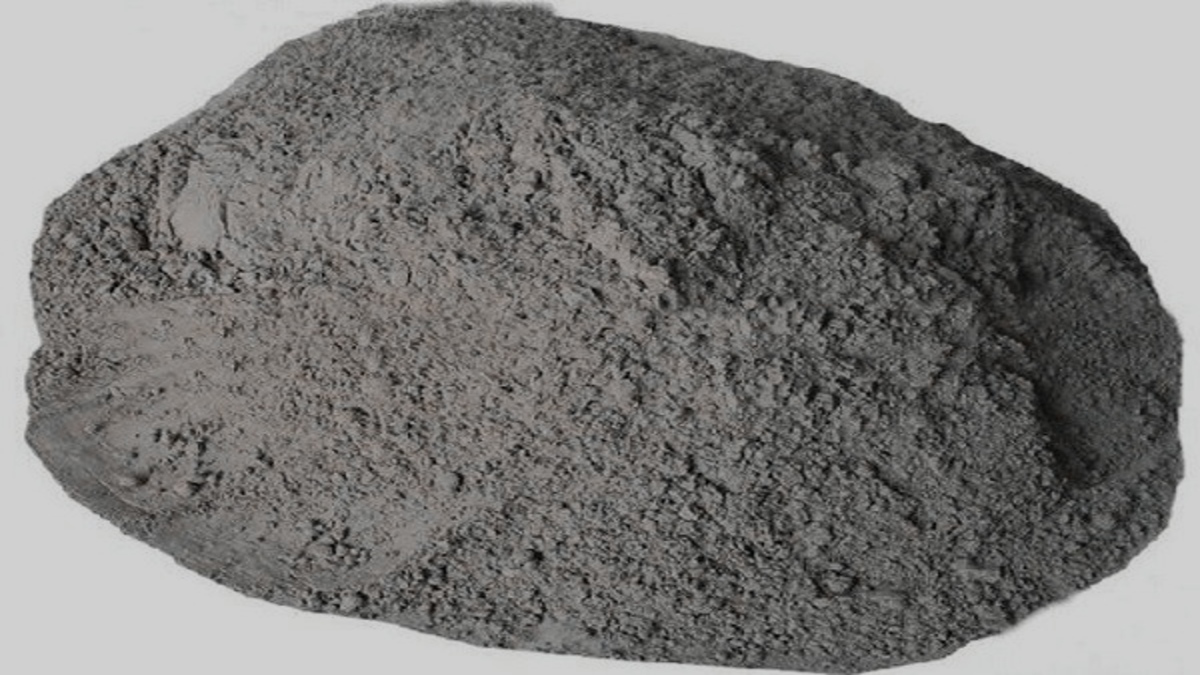Fly ash blended cement is superior resistance to weathering action. This makes it a popular choice for the construction of buildings, bridges, roads, and other infrastructure projects, where durability is of utmost importance.

The ultimate strength gained with fly ash blended cement is the same as that with ordinary Portland cement. However, the strength gained in the initial stage may be slower.
Fly ash is a very fine powder, and when released into the air, it can create air pollution problems. Thermal power stations have to spend a lot of money to arrest fly ash and dispose of it safely.
One of the best ways to dispose of fly ash is to mix it with cement in a controlled condition and derive some of the beneficiary effects on cement.
Nowadays, cement factories produce fly ash in their own thermal stations or borrow it from other thermal stations and further process it to make it suitable to blend with cement.
In the process of blending fly ash with cement, typically 20 to 30% of fly ash is used. This reduces the amount of clinker required for cement production, which in turn reduces the carbon footprint of cement production. Hence, fly ash blended cement is considered to be a sustainable and environmentally friendly alternative to traditional OPC cement.
Fly ash blended cement is a type of cement that offers superior resistance to weathering action and has the same ultimate strength as ordinary Portland cement.
It is a sustainable and environmentally friendly alternative to traditional OPC cement, and it is produced by blending fly ash with cement in a controlled condition.
By using fly ash blended cement, we can reduce the carbon footprint of cement production and contribute towards a more sustainable future.
